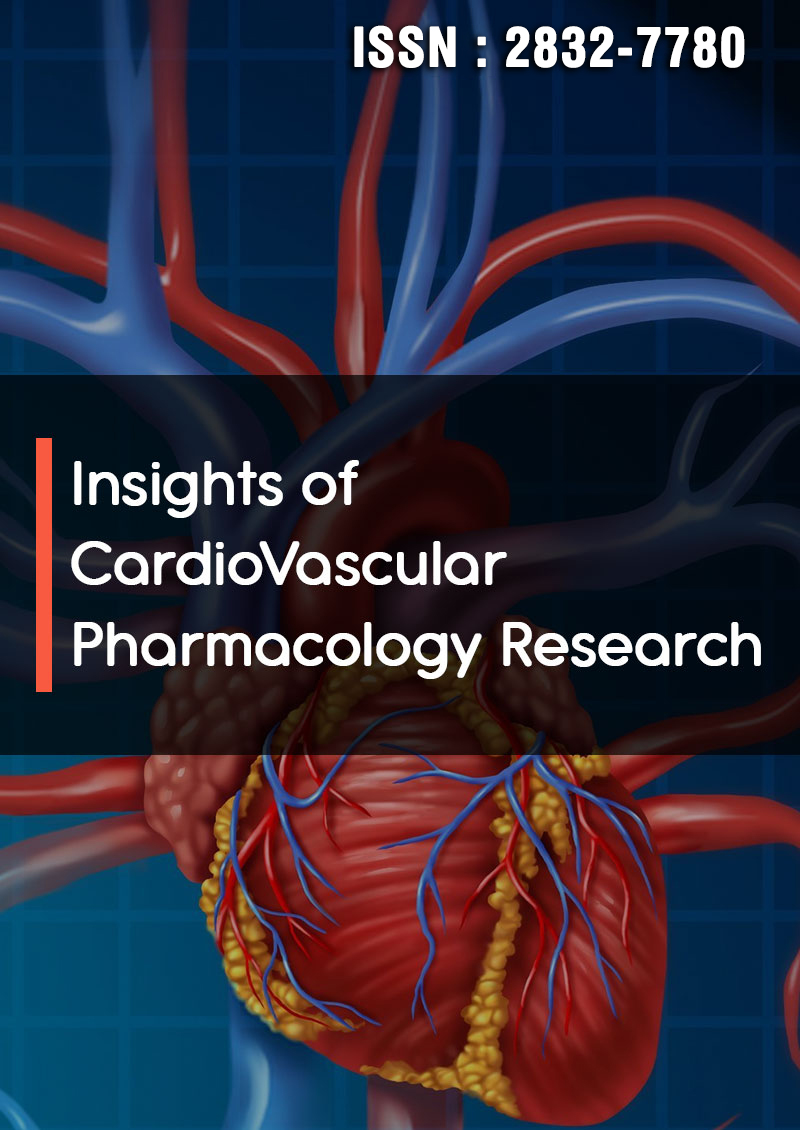COVID-19 Pneumonia with Ischemic Heart Event After Neglect Yasser's COVID-19 Discrepancy Phenomenon and Its Regimen; The Seriousness Impact and Deterioration Outcome
Citation
Yasser Mohammed Hassanain Elsayed
Rationale: A novel COVID-19 is a multi-systemic serious worldwide pandemic. Undoubtedly, strict management with protocols and guidelines in the COVID-19 pneumonia is remarkable advice but its neglect may be leading to a critical event. Yasserâ??s COVID-19 Discrepancy phenomenon is a novel descriptive phenomenon that is always seen in all COVID-19 pneumonia. Initial dramatic improvement of the clinical status of COVID-19 pneumonic patient, not a simultaneously after the management, not a coincide with laboratory, radiological, and electrocardiographic workup. Patient Concerns: A 65-year-old married housewife Egyptian female patient was presented to the physician outpatient clinic with COVID-19 pneumonia that deteriorates after early spontaneous stoppage of all COVID-19 medications after the sense of generalized temporary improvement. Diagnosis: COVID-19 pneumonia with angina after neglect Yasser's COVID-19 discrepancy phenomenon and its regimen. Interventions: Electrocardiography, oxygenation, chest CT, and echocardiography. Outcomes: Initial good and dramatic outcome but, the worst outcome with deterioration had happened after early spontaneously stopped all COVID-19 medications. Lessons: The missed time, long-stay hospitalization, patient and governmental economic costs, and psychological stress on both patient and family are hazardous sequels due to neglect to follow Yasserâ??s COVID-19 Discrepancy phenomenon and its regimen. This is a typical applied example of this phenomenon. Female sex, unstable angina with coronary artery spasm, elevated cardiac biomarkers, a Wavy triple sign (Yasserâ??s sign) of hypocalcemia and COVID-19 pneumonia represent bad prognostic points and is indicating a high-risk condition.



